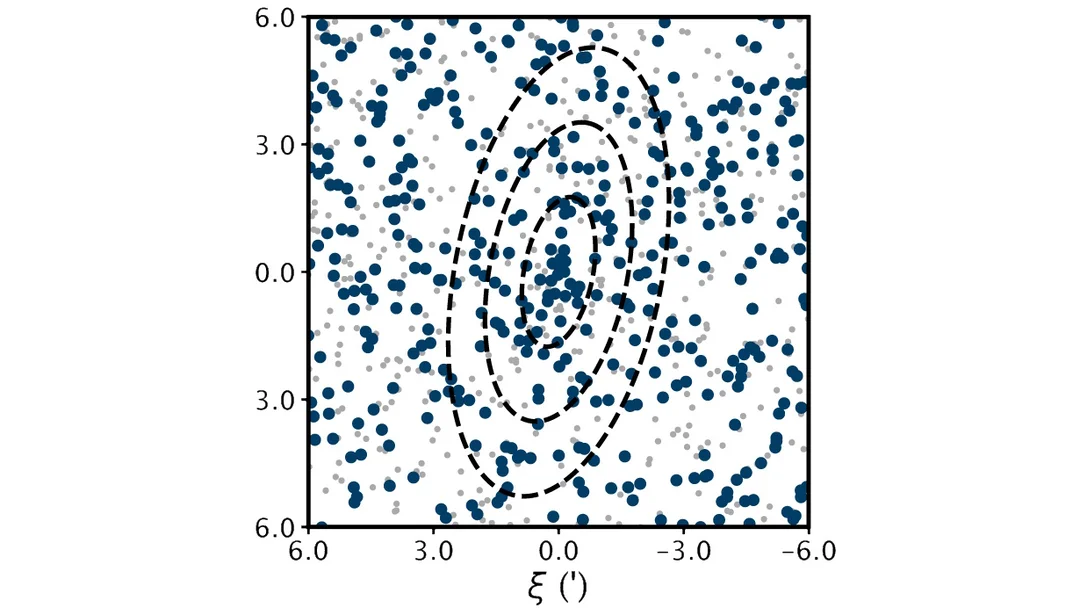
Astronomers Discover Potential Record-Breaking Smallest Galaxy: A Cosmic Conundrum
Is it a galaxy, or is it a star cluster? Astronomers are grappling with this question after discovering a cosmic object, dubbed Ursa Major III/UNIONS 1 (UMa3/U1), that pushes the boundaries of what we consider a galaxy. This newfound object, located approximately 33,000 light-years away, has ignited intense debate within the scientific community.
At a mere 20 light-years wide and containing only about 60 stars, UMa3/U1 is incredibly small. To put that in perspective, our own Milky Way spans over 100,000 light-years and houses hundreds of billions of stars. This diminutive size raises a crucial question: does UMa3/U1 qualify as a galaxy, or is it simply an extremely old star cluster?

The Defining Factor: Dark Matter
The key to resolving this cosmic puzzle lies in the presence, or absence, of dark matter. Galaxies are typically massive systems held together by the gravitational pull of dark matter, a mysterious substance that makes up about 85% of the universe's mass. Star clusters, on the other hand, are simply groups of stars bound by their mutual gravity, with little to no dark matter.
Discovering whether UMa3/U1 harbors a significant amount of dark matter is challenging, but recent observations offer intriguing clues. A study published in the Astrophysical Journal suggests that UMa3/U1's orbit through the inner regions of the Milky Way is only possible if it's gravitationally bound by dark matter, preventing the Milky Way's tidal forces from tearing it apart.
"The presence of dark matter – the key distinguishing property between dwarf galaxies and star clusters – is highly likely, because the satellite’s orbit takes it through the inner regions of the Milky Way, where gravitational tidal forces are strongest," explained Dr. Smith.
A Candidate Unlike Any Other
If confirmed as a galaxy, UMa3/U1 would be an outlier. As Eric Bell, a Michigan professor, stated, "These are fully functional galaxies, but they’re about a millionth of the size of the Milky Way. It’s like having a perfectly functional human being that’s the size of a grain of rice."

Further complicating matters, UMa3/U1 is estimated to be around 11 billion years old, potentially making it the oldest known cluster if it's not a galaxy.
Implications for Our Understanding of the Universe
Whether UMa3/U1 is a galaxy or a star cluster, its discovery highlights the complexities of the universe and pushes the boundaries of our understanding of galaxy formation. Confirmation of its galactic status would support the Lambda Cold Dark Matter (LCDM) theory, suggesting that dark matter plays a crucial role in the formation of even the smallest galaxies.

Further research, potentially using future telescopes like the Vera Rubin Observatory, is needed to determine UMa3/U1's true nature. Until then, it remains a fascinating cosmic puzzle, challenging our definitions and inspiring further exploration.
What do you think? Is UMa3/U1 a galaxy or a star cluster? Share your thoughts and theories in the comments below!